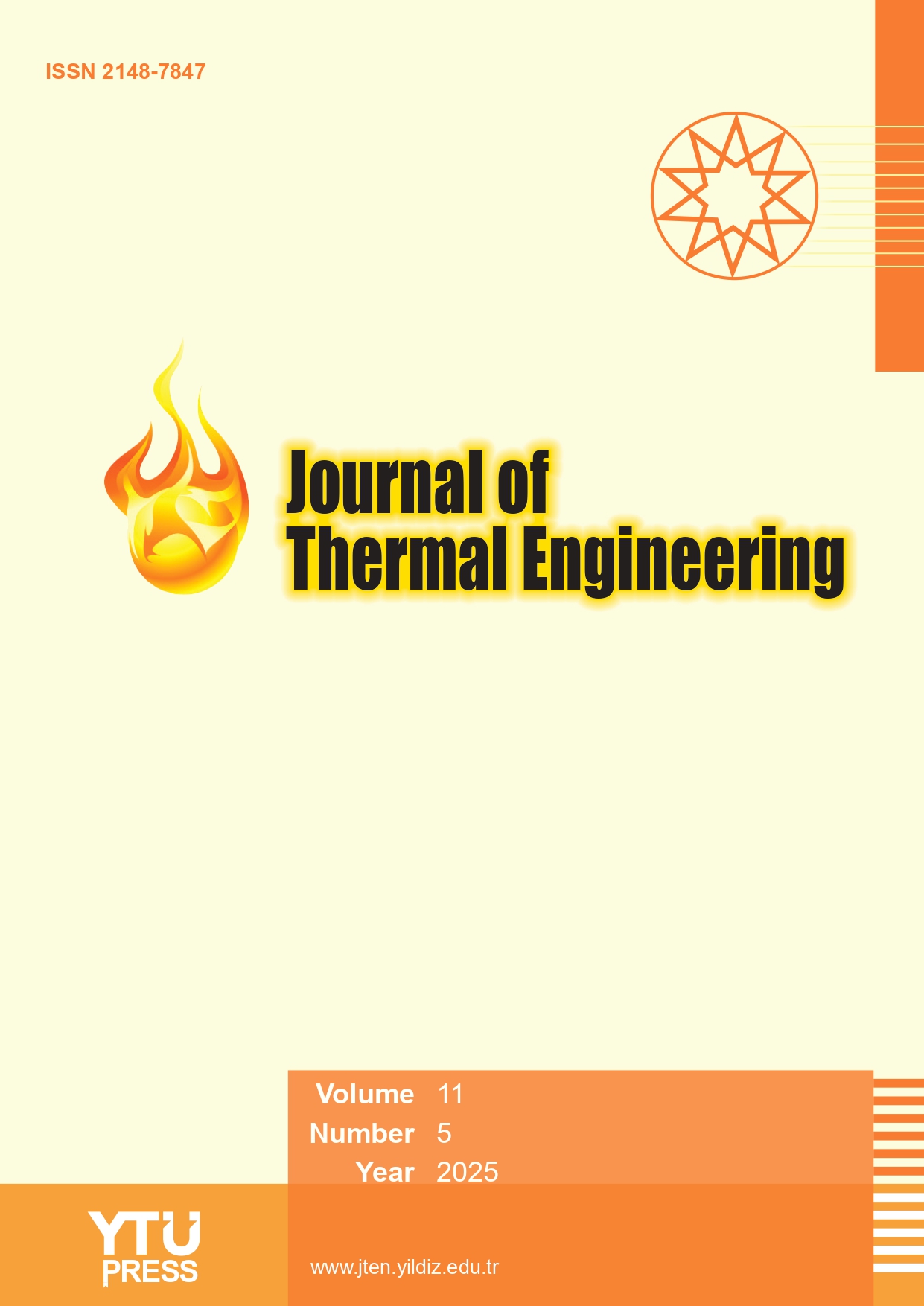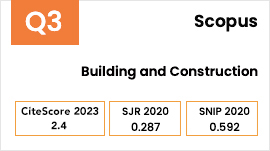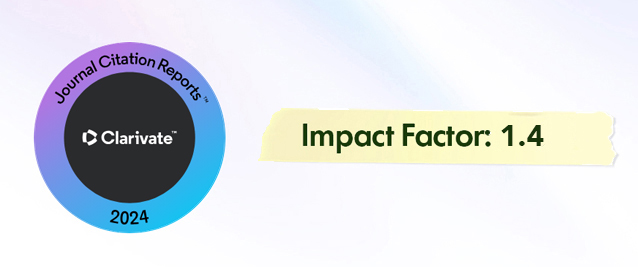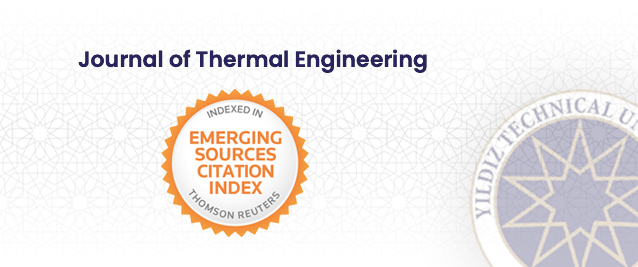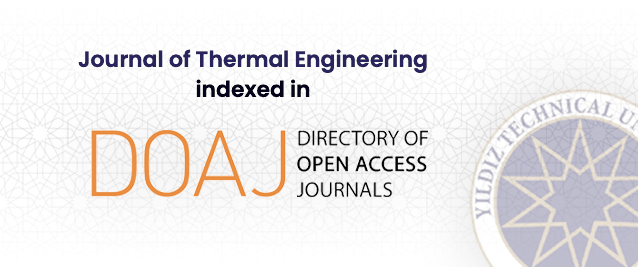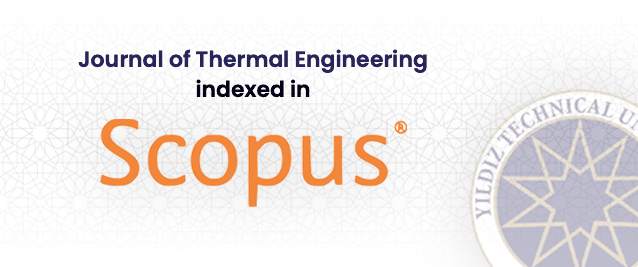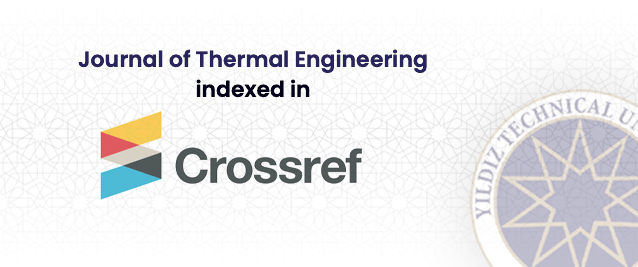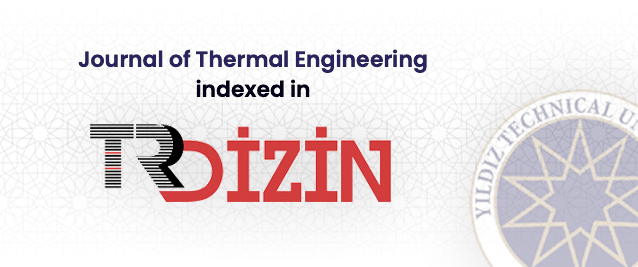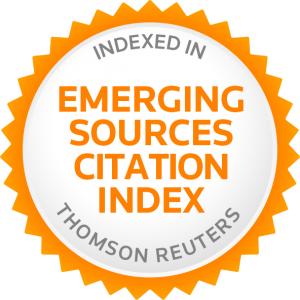2Department of Mechanical Engineering, College of Engineering, University of Baghdad, Baghdad, 10071, Iraq
3Department of Mechanical Engineering, Faculty of Engineering, Computer and Mathematical Sciences, the University of Adelaide, 5005, Australia
Abstract
This study presents a numerical and experimental investigation of the effect of flash evapo-ration on the thermal performance of a wickless heat pipe used in desalination applications. Moreover, this study examines the factors that affect flashing efficiency, such as the feed water mass flow rate, inlet temperature, and cooling water flow rate. High-temperature liquid in the range of 373K-393K becomes superheated when injected through a jet nozzle into a wickless heat pipe. This study focuses on using a jet nozzle type with a small diameter (0.4 mm). The steady value of the mass flow rate of the water is 0.00138 kg/s. Computational Fluid Dynamics (CFD) was used to simulate the two-phase flow and heat transfer processes in a heat pipe, which involves evaporation, condensation, and phase change. This study is unique in that it employs a non-homogeneous multiphase model to capture these processes. The results indi-cate that increasing the inlet temperature of liquid water leads to a rise in flashing vapor to a certain extent, thereby increasing the condensate flow rate. The maximum condensate flow rate was observed at 388K. The findings suggest that flashing efficiency improves as the con-densate flow rate and inlet temperature increase. The optimum flash efficiency was found to be 80% at 393K. A strong agreement was observed between the experimental data, numerical temperature profiles, and the heat pipe’s thermal performance.


